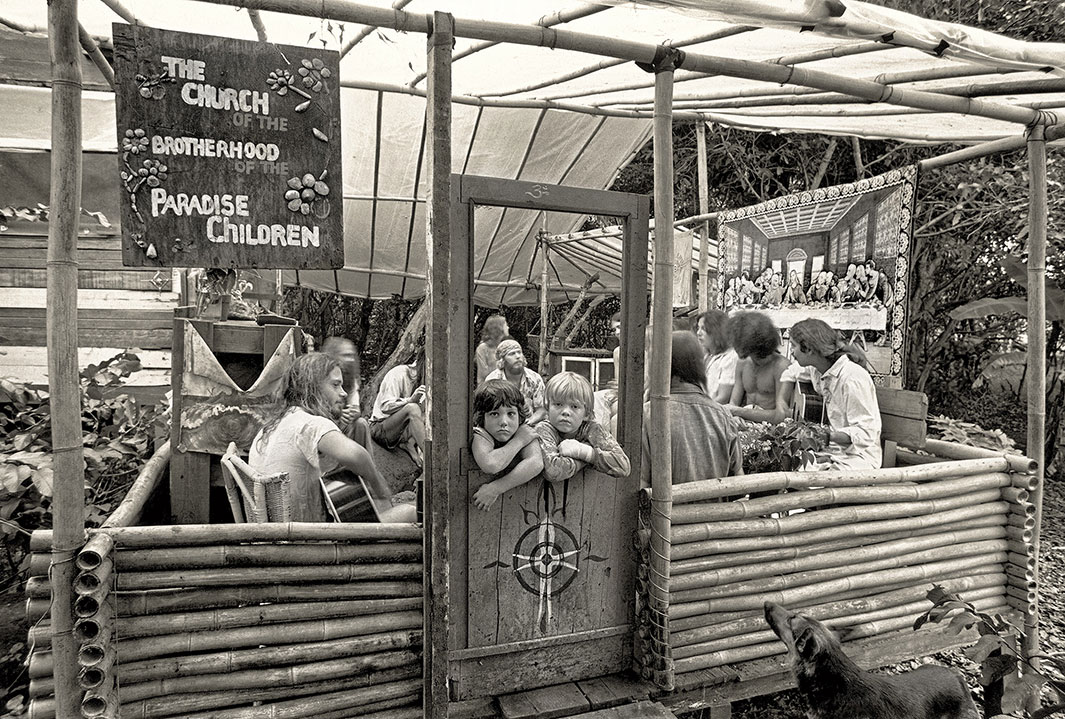We all have our own picture of what paradise might look like. While most of us can only imagine living in the place of our dreams, others have realized all of their fantasies and stepped foot into their very own utopia. The problem with seeing your dream in reality, however, is that it can never live up to the lofty expectations that you put on it. Such was the case for Taylor Camp, an envisaged hippie commune that never really realized its potential.
In the 1960s and ‘70s, the concept of communal living was very much on the rise. While the thought of an idyllic utopia away from the constrictions of real life seemed very much tempting, the reality was a whole lot different, leading many to break down before they had even really come to life. One community, however, had an idea that they were sure they could make work, going against all of the stereotypes that had already been put in place.
Pulled together by a group of like minded people, Taylor Camp was formed under the belief that there should never be one sole leader in a society. The inhabitants vowed not to follow maniacal laws or religious doctrines, living simply apart from society, in a new place that they would call home. Set in the Hawaiian jungle, the camp was as close to paradise as a society might ever get, giving its inhabitants the chance to live peacefully in the jungle and on the beaches. Given form thanks to the donation of Howard Taylor, brother of Elizabeth Taylor, the camp initially consisted of 13 hippies who were allowed to live on the beachfront grounds.
Despite Howard’s personal donation, however, the local government were not happy with the beach front’s new inhabitants. Wanting themselves to use the land for public use, the government denied Howard’s proposals to build on the area, leading him to expand the hippie commune instead. Needless to say, the local government were not pleased with the developments and not before long, things had become a whole lot more complicated.
Meanwhile, life continued as normal on the camp. Living on their own stretch of paradise, the inhabitants took to building their own makeshift constructions, making the use of the natural materials they had to hand. Daily life included tasks such as gardening, fishing, harvesting fruit and surfing on the nearby beach. The inhabitants took to the land from the off, making themselves very much at home.
Tensions between the locals, the government and the new camp, however, couldn’t be held off forever. After months of frustrations and failures, the local Hawaiian community decided to take matters into their own hands, taking destructive action against the camp. Wanting to make a change, the government officially seized the property and the locals took to burning down the makeshift community, one building at a time.
Despite the fate with which Taylor Camp was met, the inhabitants of the community continued to look back on their time in Hawaii with wholly positive memories. Documentaries at the time followed core members of the group, capturing their optimism on the project at large. Would the camp have lasted a long time into the future? That will always be questioned. For a brief moment in time, however, Taylor Camp really was a utopia on earth, bringing happiness to a whole group of people.




